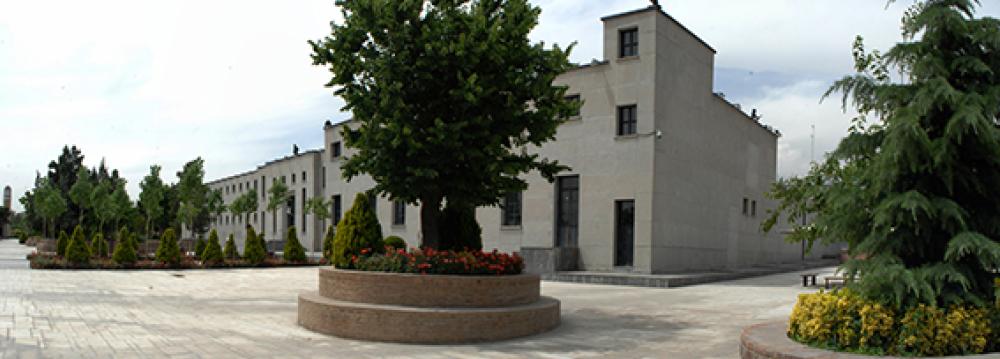Qasr Prison was initially built on the order of Fat’h Ali Shah of the Qajar dynasty as a palace. What later became known as the oldest political prison in Tehran was built some hundred years later on the same site during the Pahlavi era. The prison closed in 2008 and was turned into a museum. Recently, ideas have been put forward to render the museum into a prison hotel.
In September 2014, Erfan Nazar Ahari, Persian writer and poet, suggested a number of writers to spend a night in Qasr Prison Museum. With the approval of the museum’s director, 35 literary figures were invited, 10 of whom agreed to stay overnight at the former prison. “Many volunteers were ambivalent and some were frightened. Others agreed to spend the night but weren’t comfortable with the idea of dressing in prison clothes” Tejarat-e Farda reported.
Artists were inspired to create works featuring themes of freedom in a context which once dictated submission and engendered fear. The symbolic message being: putting an individual behind bars and concrete walls will not subdue them.
Recreating History
Visiting a museum has chiefly become synonymous to ferrying across hallways while inattentively listening to a monotonous guided tour. With the correct adjustments, the conditions would be brought about for people to get inspired to recreate a historical situation, which they take part in themselves. Staying in a prison is not dissimilar to reading a book and yet differs in one major way; it is not merely a passive act. It is creative and it is practical: spending a few hours in prison evokes prison life.
When tragedies strike, they leave their mark on those involved for a lifetime. Throughout history, however, when a tragedy is depicted in a literary format or performed, readers and viewers feel amused. Seen from an Aristotelian point of view, the catharsis which the audience experience while watching a tragedy purges their soul. Spending a night in prison creates a similar cathartic feeling. The visitor not only sympathizes but also becomes the protagonist who plays the lead in a tragic tale. Having spent a night in prison, a visitor’s perception of the outside world becomes vivid. Once they leave the following day, having lived the restrained life of an inmate for a night can later help them cherish the very freedoms they would normally have taken for granted.
Reenactment and reproduction of historical events are commonly practiced in several countries across the globe with an active and enthusiastic following that attracts many domestic as well as foreign tourists.
In addition to Qasr Prison Museum, a similar approach can be applied to other historical museums such as Golestan Palace, or the National Museum of Iran. Advanced planning is required however, to promote such projects. If real-life events are placed on agendas of museums, more and more people would show an interest to visit them and commonplace museum tours would evolve into an amusing educational event.


